Oil spills in the N. China Sea
 0 Comment(s)
0 Comment(s) Print
Print E-mail
China.org.cn, August 2, 2011
E-mail
China.org.cn, August 2, 2011
Editor's Notes:
Three oil spill accidents were reported in north China's Bohai Sea in less than two month from June 2011, and US company ConocoPhillips should be held accountable for two of the incidents. Coastal pollution is back in the public eye.
| Shangdong Penglai oil spill | |
|
|
• Time: June 17, 2011 • Location: Penglai 19-3 oilfield, platforms C, Shandong Province • Operator: US firm ConocoPhilips This is the second oil spill in the Penglai 19-3 oilfield in north China's Bohai Bay, two weeks after the first leaking. The oceanic administration said Conoco should be held accountable for the incident because it's the operator of the field. By the end of July, the affected areas of the spills have expanded to the three provinces surrounding Bohai Bay: Liaoning, Hebei and Shandong. [More] |
| Liaoning Suizhong oil spill | |
 |
• Time: July 12, 2011 • Location: Suizhong 36-1 oilfield's central platform, Liaoning Province • Operator: CNOOC Due to an equipment malfunction in the central control system, a small oil leak was seen in the Suizhong 36-1 oilfield in northern China's Liaoning Province on July 12, 2011. It marked the third spill in two months in Bohai Bay, resulting in about one square kilometre of oil sheen. CNOOC Ltd temporarily shut the oilfield right after the leak and reopened it a few days after the cleanup completed. [More] |
| Shangdong Penglai oil spill | |
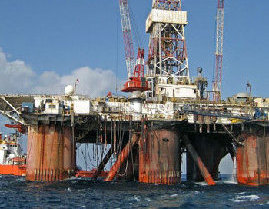 |
• Time: June 4, 2011 • Location: Penglai 19-3 oilfield, platforms B and C, Shandong Province • Operator: US firm ConocoPhilips The leak from platforms B and C of the Penglai 19-3 oilfield in the Bohai Bay, which started on June 4 and June 17 respectively, polluted 840 square kilometres of water. China's maritime authorities have urged ConocoPhillips China to clean up the oil-polluted seabed in Northeast China's Bohai Bay by Sunday. |
|
How to clean up oil spill |
||
When an oil spill occurs, the oil forms a millimeter-thick slick that floats on the water. No two oil spills are the same because of the variation in oil types, locations, and weather conditions involved. However, broadly speaking, there are four main methods of response. [more] |
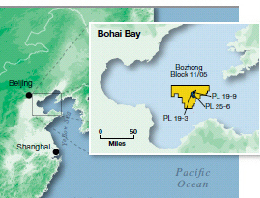
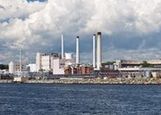

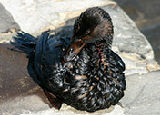

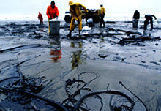




Go to Forum >>0 Comment(s)